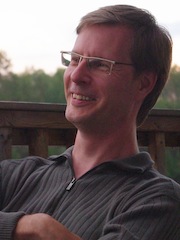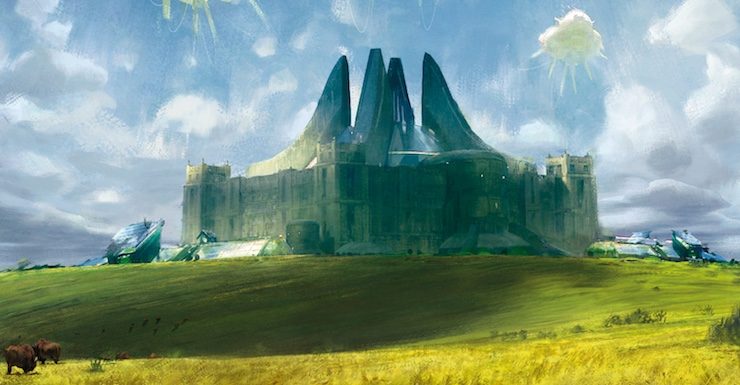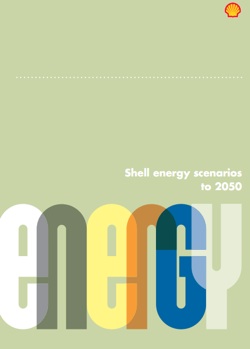Escaping the Default Future When Writing Science Fiction
Comment number:
89
Advertisement

Showing 8 results


“Writers are liars my dear, surely you know that by now?”
Neil Gaiman, The Sandman
For compliance with applicable privacy laws:



